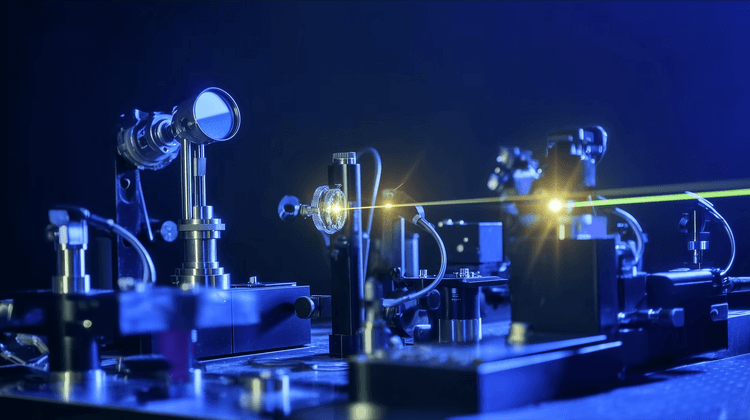Physics & Optical Engineering Patents

Many products that have made their way into daily life, such as microwaves, medical lasers, nuclear medicine and optical fibre data communications have their roots in developments in the fields of physics and optical engineering. One of the newest fields of physics to be commercialised is quantum mechanics and significant leaps forward in computational power have already been made in quantum computing. Incidentally, one of the leaders in this field, Silicon Quantum Computing, is locally based and a spin-out company from UNSW.
Our patent attorneys have backgrounds in physics enabling us to speak the same language as researchers and to better translate your work into patent assets. We have great depth of experience and work closely with university partners and other commercial enterprises to help protect innovations in the field of physics.
What is or is not patentable in the physics industry?
A common thread throughout patent law worldwide is that fundamental principles of physics are not patentable in themselves. However, the practical application of those same fundamental principles to solve technological, real-world problems lie squarely in the realm of patentable subject matter.
For example, Einstein’s famous principle relation governing the inter-relationship between mass and energy E=mc2, in and of itself would not be patentable in isolation. However, the many practical applications of this relation, such as, nuclear reactors, CT & PET scanners in hospitals or the humble smoke detector are all eminently patentable applications of nuclear physics and quantum mechanics and ultimately, E=mc2.
Benefits and challenges in filing physics patent applications
For researchers, there is a professional requirement to publish papers on their findings. It is important to file a patent application before disclosing an invention publicly via a paper or presentation in order to establish ownership and a competitive edge over other start-ups in the market who may be developing similar concepts concurrently. It is also important to speak with a patent attorney who will ensure the IP protection sought aligns with commercial objectives.
Examples of granted physics and optical engineering patents
| Optical engineering (photonics/optoelectronics, laser, lens) |
Beaver-Visitec International, Inc. |
|---|---|
| Nuclear reactor devices |
Halliburton Energy Services, Inc. |
| Hydration sensor systems and applications |
Rosemount, Inc. |
| Display systems |
Unilumin Group Co., Ltd. |
The Baxter IP approach to filing physics and optical engineering patents
Depending on specific circumstances, however, other strategies may be more appropriate. It is important to discuss your particular situation with a qualified attorney to determine the best strategy in each case.
Examples of physics and optical engineering patent applications filed through Baxter IP
- AU Patent #2018250414 – Resin lens and method for producing the same. Shandong Efirm Biochemistry and Environmental Protection Co., Ltd.
- AU Patent #2017304227 – A method and system for forming a complex visual image. Mahogany Solutions Pty Ltd
- AU Patent #2014328465 – A display system for ambient light discrimination. Hutchinson, William; Mino, Nelson; Thomas Electronics of Australia Pty Ltd
- PCT/AU2013/001234 – A Radioisotope Concentrator
- AU Patent #2014208276 – Light emitting diode (LED) backlighting source. Spicon Industries Pty Ltd
- AU Patent #2010303747 – Modular heat exchanger. Lockheed Martin Corporation